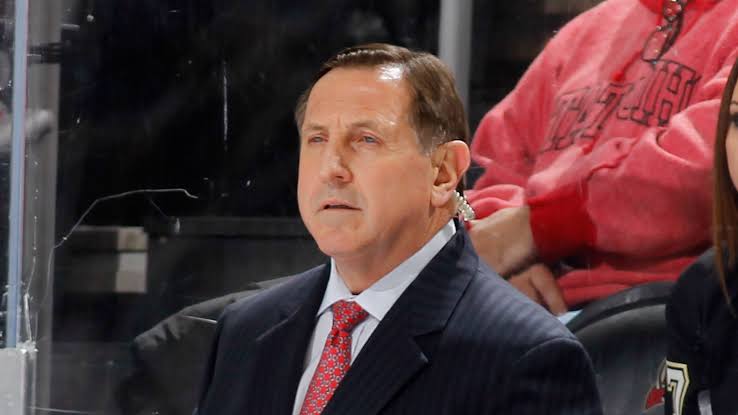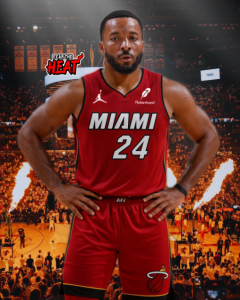
Eight players for the Senators have deals that are good for the minimum of the upcoming three seasons. Which contracts are problematic, if any?
The Pittsburgh Penguins’ decision to throw former Senator forward Colin White on waivers Thursday served as a reminder of how difficult it is for general managers in the NHL to assess and guess. It’s difficult to forecast not just if an 18-year-old can play in the league eventually, but also how influential he will be in the future and how much to pay him. A large number of young athletes today exit entry-level contracts and get potential compensation.
“That guy isn’t a Norris Trophy candidate, but we think he will be someday.” “That guy got over 40 points, but we bet he’ll get 70, 80, or maybe more someday.” Thus, GMs engage in long-term speculation with the player. The argument also holds that although he appears pricey now, as he gets older, he’ll be a steal.
In August 2019, General Manager Pierre Dorion signed White to a six-year, $28.5 million contract. Due to his ineffectiveness and propensity for injuries, Dorion acquired White after just three seasons. White is still owed $875,000 by the Sens for each of the following four seasons. Of course, the deal appears bad now, but when it was signed, not many people objected.
Back then, White and Thomas Chabot were practically sworn in. In the first round, they were selected just a few choices apart. Their birthdays coincided exactly. And they both inked long-term contracts in the summer of 2019—just one month apart—heralding better times to come as a new generation of young people emerged. Since then, Ottawa has used a similar tactic numerous times, spending a lot of money on players who, for the most part, weren’t worth the contract they had just signed but would be in a year or two.
Thomas Chabot and White were essentially sworn in at the time. They were chosen very closely together in the first round. They were born on the same day. And in the summer of 2019—just one month apart—they both signed long-term contracts, signaling the beginning of better days to come as a new generation of youth developed. Ottawa has employed a similar strategy on multiple occasions since then, shelling out large sums of money for players who, in most cases, weren’t worth the contracts they had just signed but would be in a year or two.







